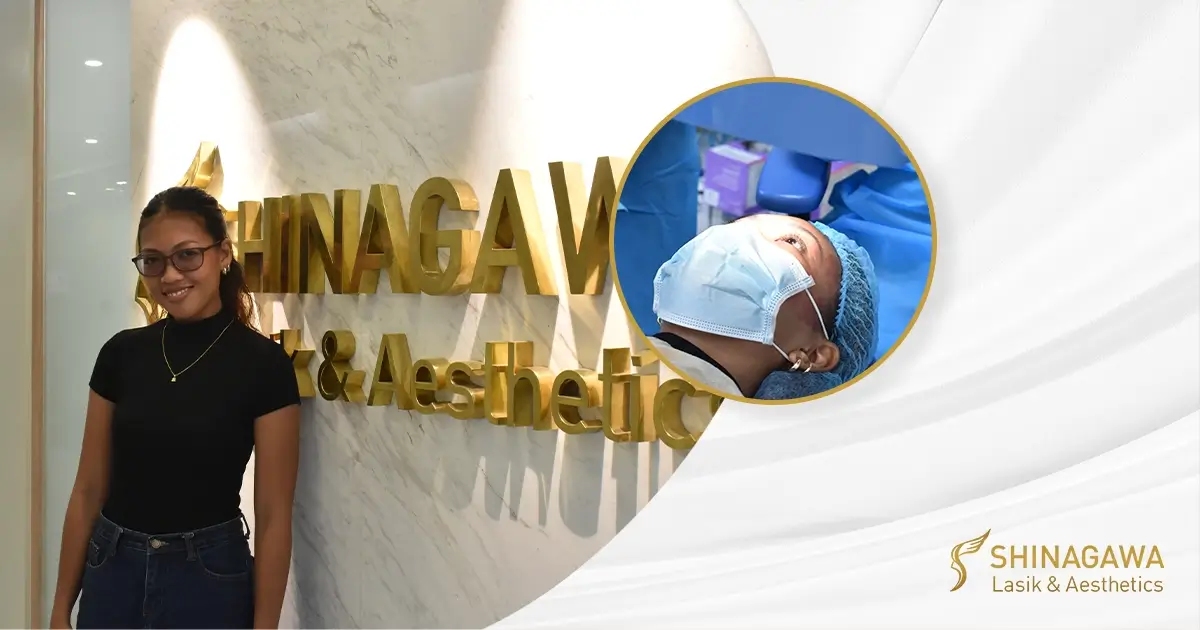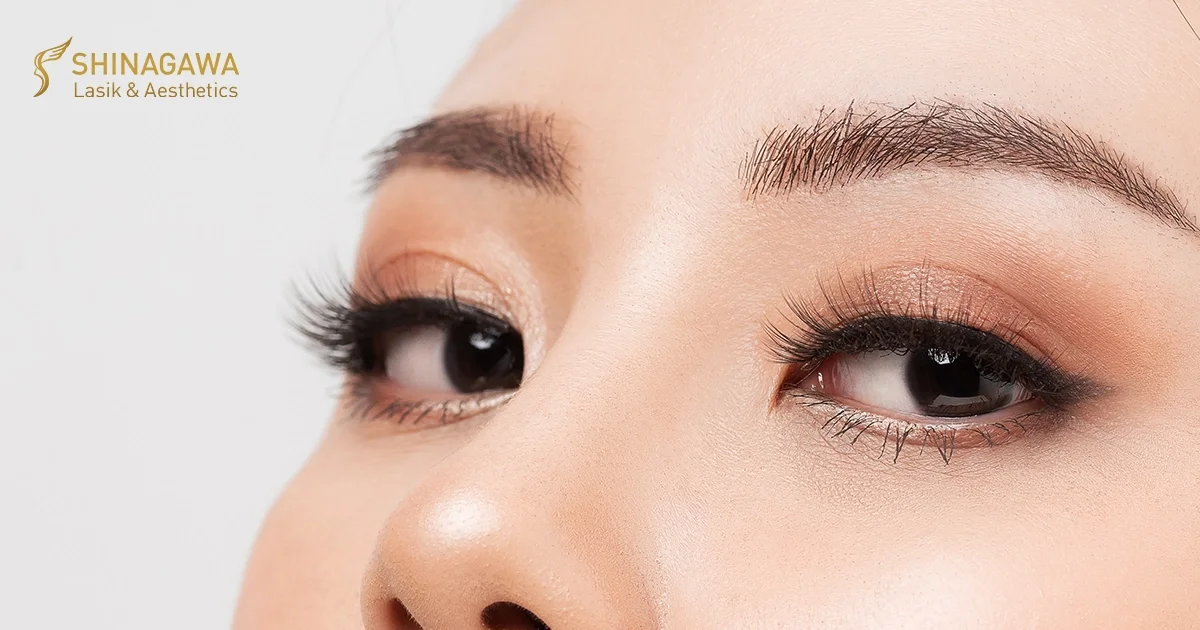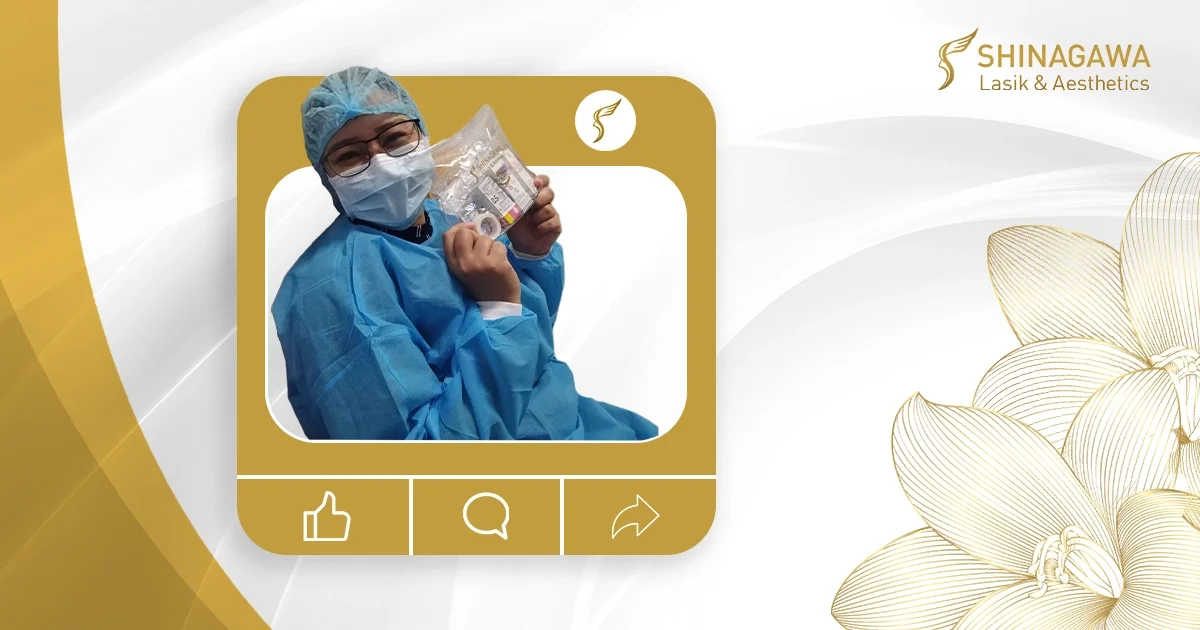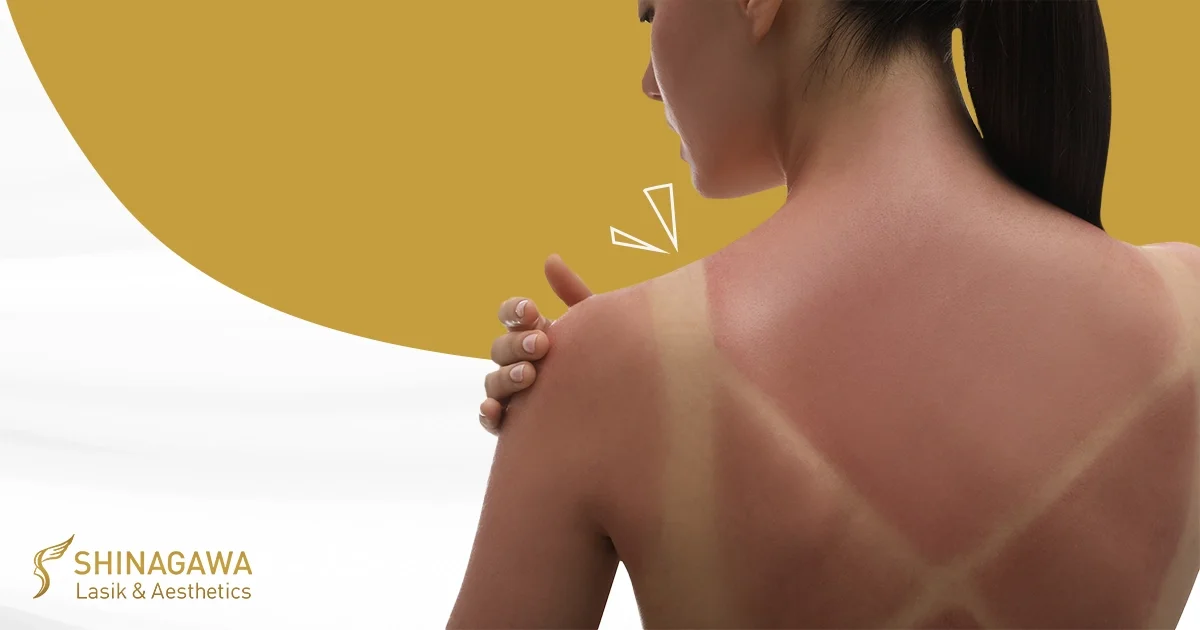Eyelashes are one of the most important parts of your face. They help you to look more attractive, giving you a better look. But sometimes, this part of your face goes through pain and tears.
There are many people out there who experience the pain of lashes damaging their eyes due to various reasons. For this one, we discuss the different causes of your eyelashes hurting you so badly.
What causes eyelash pain?
Eyelash Extensions
An eyelash extension is a cosmetic procedure that involves growing out your own natural lashes with synthetic ones. The process typically lasts between two to three hours and can involve multiple visits to your local salon in order to achieve the desired results.
Many women consider eyelash extensions to be a great way to add length and volume to their natural lashes. However, if you have sensitive eyes or are allergic to the materials used in the procedure, this may cause irritation and discomfort.
Ingrown Eyelashes
Ingrown eyelashes are a common medical condition. They occur when the eyelash grows into the eyelid and becomes trapped. The skin around the eyelash becomes inflamed and swollen, which can cause pain when you blink, close your eyes, or rub your eyes.
It can also cause inflammation, redness, and discomfort. It’s more common in adults, but it can happen to children as well. The pain associated with ingrown eyelashes is usually mild to moderate and may last for several days.
Blepharitis/Eyelid inflammation
Blepharitis is the inflammation of the eyelid margin. In other words, it’s a red, swollen area around the outer edge of your lid. Blepharitis causes pain and irritation, which can lead to inflamed and tender eyelids.
Bacteria that cause blepharitis thrive in warm, moist environments — such as those found around your eyelids — where they produce irritating toxins that inflame your eyelids and cause painful redness and swelling.
The good news is that blepharitis has many effective treatments available from your doctor or pharmacist, including antibiotics and topical medications such as corticosteroids (e.g., prednisone). If you have persistent symptoms, you may need to wear protective eye shields for several weeks until you have healed completely.
Stye
A stye is an infection of the oil glands in the eyelid that causes swelling, redness, and tenderness of the upper inner eyelid. The term stye is a misnomer because it is not actually an eye condition but an inflammation of the oil glands under the upper eyelid.
The most common cause for styes is bacteria or a virus. Styes may also be caused by a blocked tear duct, allergic reaction to cosmetics or other substances that can irritate the skin, colds or allergies, injury to the eyelid, or excessive rubbing against your eye.
Stye treatment involves draining any excess fluid from beneath your skin. You may have a mild fever during this process, as well as some swelling in your eye area. Your doctor will give you a medicine to reduce inflammation and swelling and prevent bacterial growth.
Eyelash Mites & Lice
The most common causes of eyelash pain are mites and lice. These pests can be extremely annoying, irritating, and painful for your eyes.
Mites are tiny insects that live in the sebaceous glands near the eyelashes. They feed on the oil found in this area, causing irritation and inflammation. The mite is transferred from human to human via close contact with hair or skin flakes.
Lice are parasites that infest human hair follicles, spreading through close contact or via contaminated clothing or bedding. They feed on blood and can cause intense itching and irritation of the eyelid margin and adjacent skin.
Entropion
Entropion is a condition in which your lashes rub against the inner corner of your eye socket when you blink. This happens because the eyelashes grow inward instead of outward like they’re supposed to do, causing them to press against the sensitive skin inside your eye socket as they move up and down with each blink of an eye. Entropion can lead to scarring and corneal abrasions on the eye’s surface — which can cause significant pain and discomfort.
Eyelash Ptosis
Eyelash ptosis is a condition where the eyelashes droop or fall out. It’s caused by an imbalance of the muscles that control the eyelid and the muscle that lifts up the eyelid, called levator palpebrae superioris. This condition may make your eyes look smaller than normal and give you a tired or sad appearance. You may have some discomfort or pain when blinking or opening your eyes wide. In some cases, you might notice a dry spot where one of your lashes should be but isn’t anymore.
So you might think your eyelashes hurt because they are fragile and weak, but in fact the reason is something more complicated than that. Eyelashes are a part of your body, just like your hair, and when they hurt, it means something is wrong.
It isn’t necessarily a cause for concern, but it is important to figure out why your eyelashes hurt, so you know how to prevent the discomfort in the future. If you have any questions or concerns, please don’t hesitate to contact us at Shinagawa.
For inquiries, questions, and appointments, call our Patient Care Lines:
📱 (+63) 917 862 7454
📱 (+63) 921 217 0517
📞 (+632) 7-368 5238
🖥 Talk to our Consultants via Livechat: https://shinagawa.ph/
📱 Instagram: https://instagram.com/shinagawa_ph/






